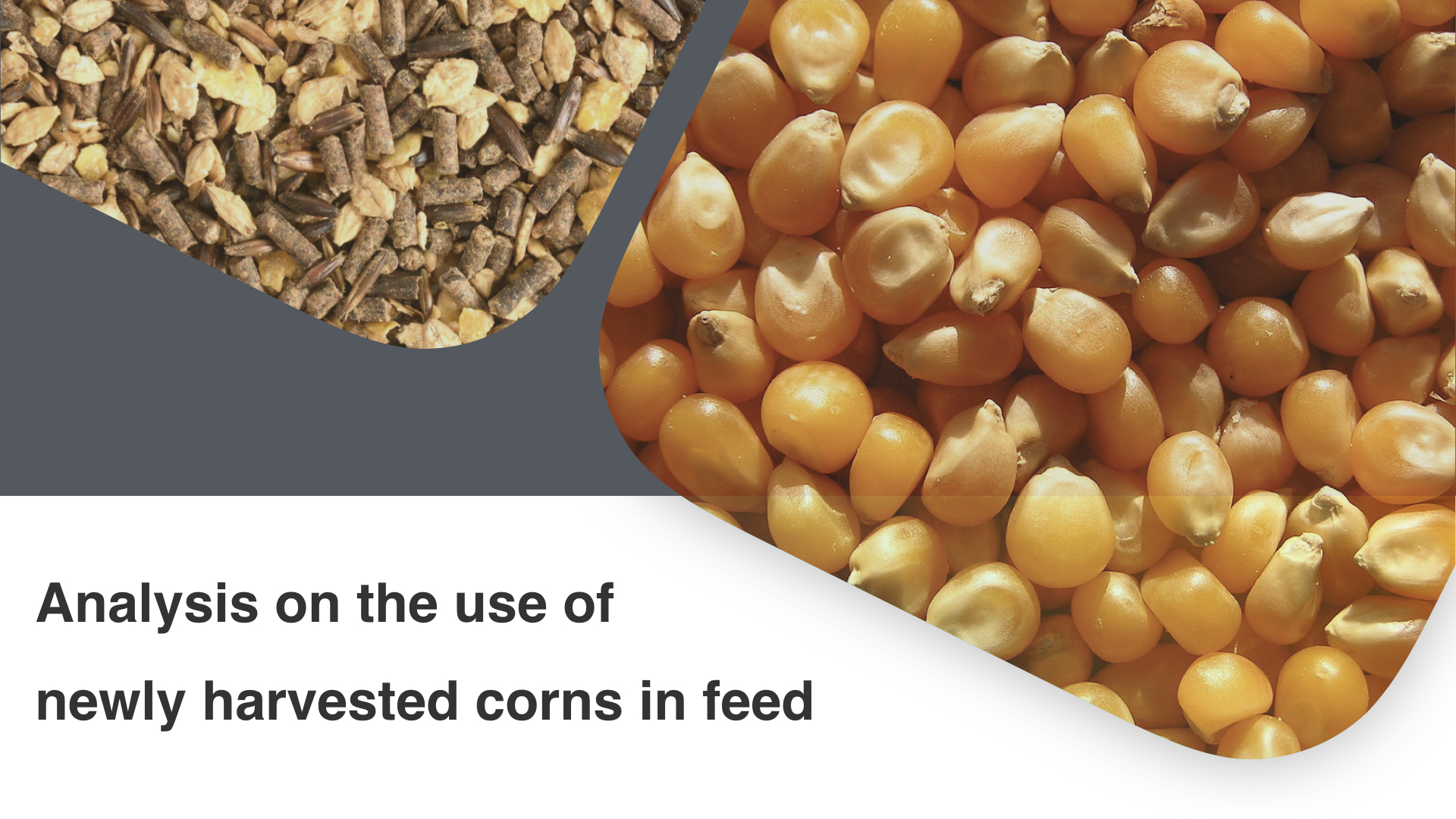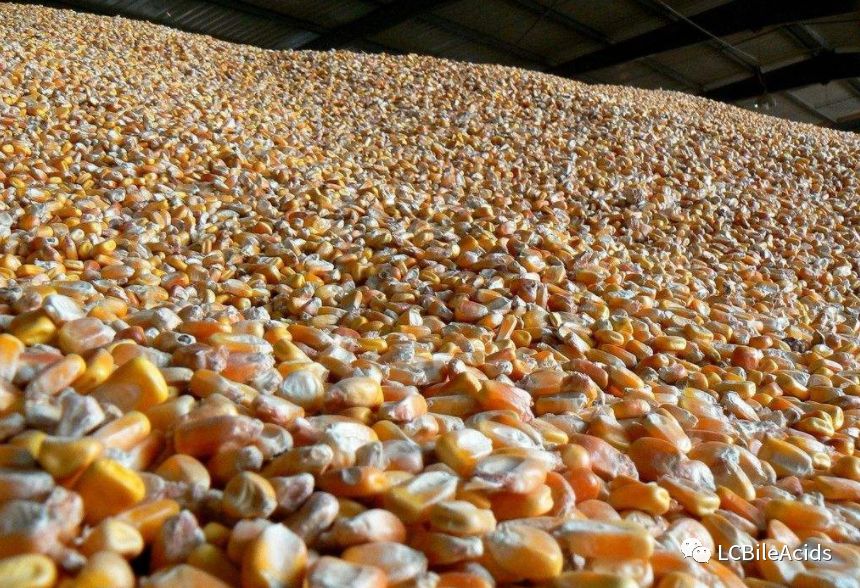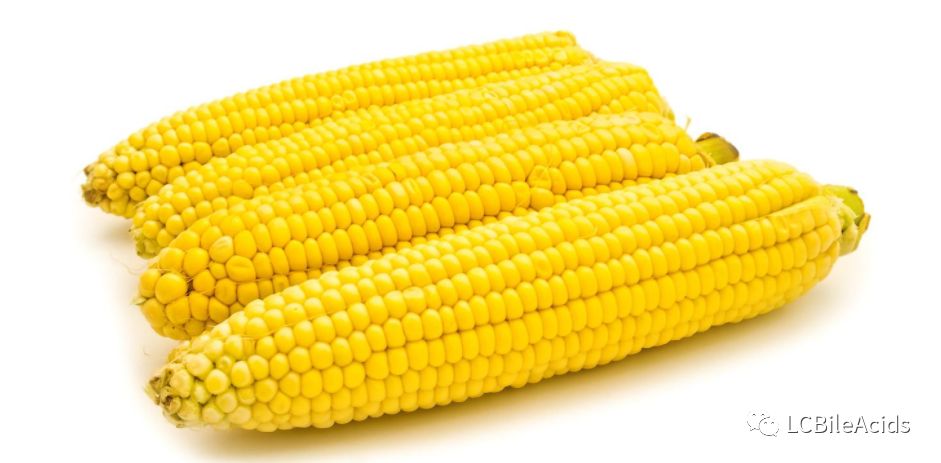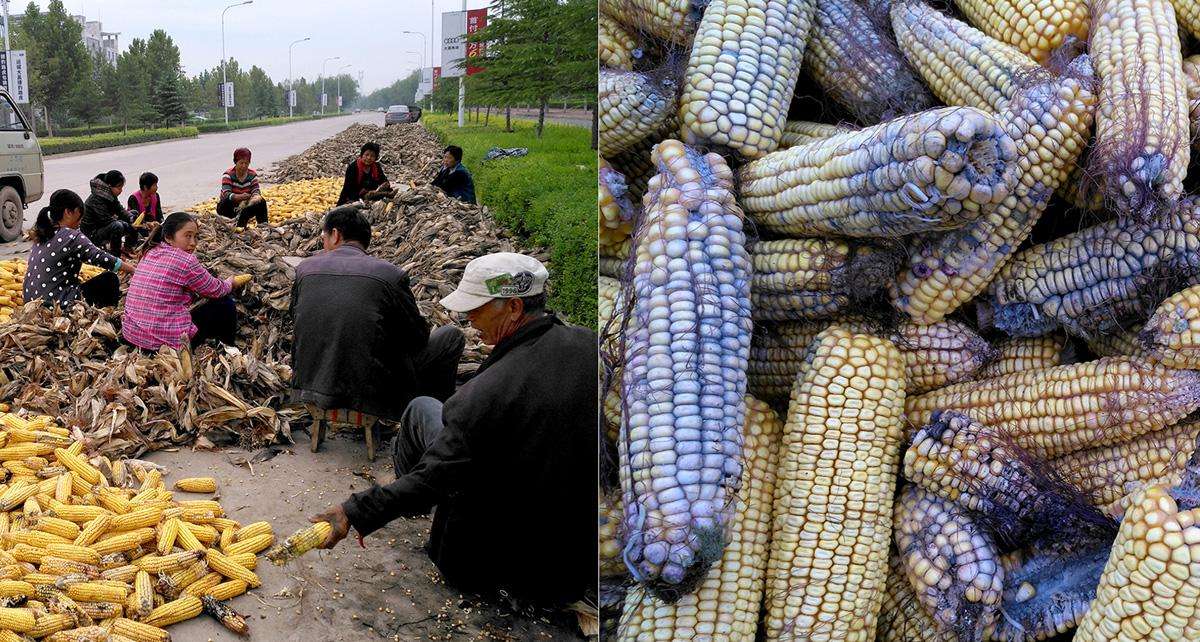Analysis on the use of newly harvested corns in feed

The use of new corns often puzzles farmers. Can they be used? What problems will arise after using? How can we avoid such problems? This article reviews the use of new corns.
一. Why should new corns not be used as feed raw material?

New corns are not suitable for use as feed raw material. There are three main reasons:
First is the problem of resistant starch. Corn is a post-maturing crop, usually harvested after minimum 20-40 days. Unripe corns have high resistant starch content with poor quality for feed. This is because resistant starch is resistant to decomposition of the enzyme and is difficult to digest in the intestine. In addition, resistant starch stimulates intestinal peristalsis, reduces the residence time of feed in the intestine, and easily causes soft stools and even diarrhea in livestock and poultry. Therefore resistant starch can also affect other nutrient absorption.

Second is the higher moisture content. Generally, the moisture content of new corns after drying is mostly above 17%. With the increase of moisture content, the new corns will also reduce their own metabolic energy and digestion energy, and the nutrients will be diluted, which The amount is increase the amount of feed consumption but lower feed conversion rate.
The new corns have excessive moisture and low energy, which will cause the increased feed intake of the flock (however, the laying rate of the laying hens is reduced because the digestion energy is directly reduced), reduced water-drinking and shorter feed cycle.
It should be noted that some farmers think that the energy of the new corns is low, so when the feed is made with new corns, they will use oil directly to compensate lower energy, however this will increase the diarrhea of livestock and poultry.
Third is the mycotoxin problem in corns. Corns may be contaminated with mycotoxins (such as zearalenone, vomiting toxin, T-2 toxin, and fumagillin) during field growth and harvesting. If moisture in corns is not reduced in time during harvesting, drying, and storage, mold will be caused by humidity in the storage or processing. The toxins produced by such molds mainly include Aspergillus toxin and Aflatoxin toxin.

二. How to use new corns reasonably?
New corns have just been on the market so the price will be relatively low, which is one of the reasons why many farmers choose to use new corns. The above problems in the new corns themselves cannot be ignored. When using new corns as feed raw material, we need to do the followings.
1. Strictly control the quality of new corns
The basic criteria for selecting new corns: less than 1% mold, less than 1% impurities, and 14%-15% moisture.
Key control indicators for corn: moisture, mold, bulk density, impurities, odors, toxins, fatty acids, etc.
After the new corns are harvested, they will be moderately aged for about one month. During this process, the resistant starch and non-starch polysaccharides will gradually decrease, and most of the resistant starch will be reduced after 2 weeks of aging, and all the resistant starch will be stable after aging for 4 weeks.
2. Strategy of new corns in feed formulation
Gradually make a transition together with the high-quality aged corn for more than half a month, so that the animals’ intestines gradually adapt to the new corns, preventing livestock and poultry from stress diarrhea. Besides, alternatives to new corns (such as wheat and its by-products) can also be used to reduce the amount of new corns used at this stage.
When using new corns, due to high water content but lower energy, high-energy raw materials need to be added. However, oil alone should not be used as the only way to increase energy in order to avoid the high feed fat level and consequent serious symptoms of diarrhea and overfeed of livestock and poultry. .
3. Prevention and control of mycotoxins
After the new corns are received, they should be aired in time, better to dry to achieve anti-mold moisture content (13% or less). New corn storage requires ventilation, dehumidification and disinfection to avoid damage and molding due to adverse environments of humidity and containment.




